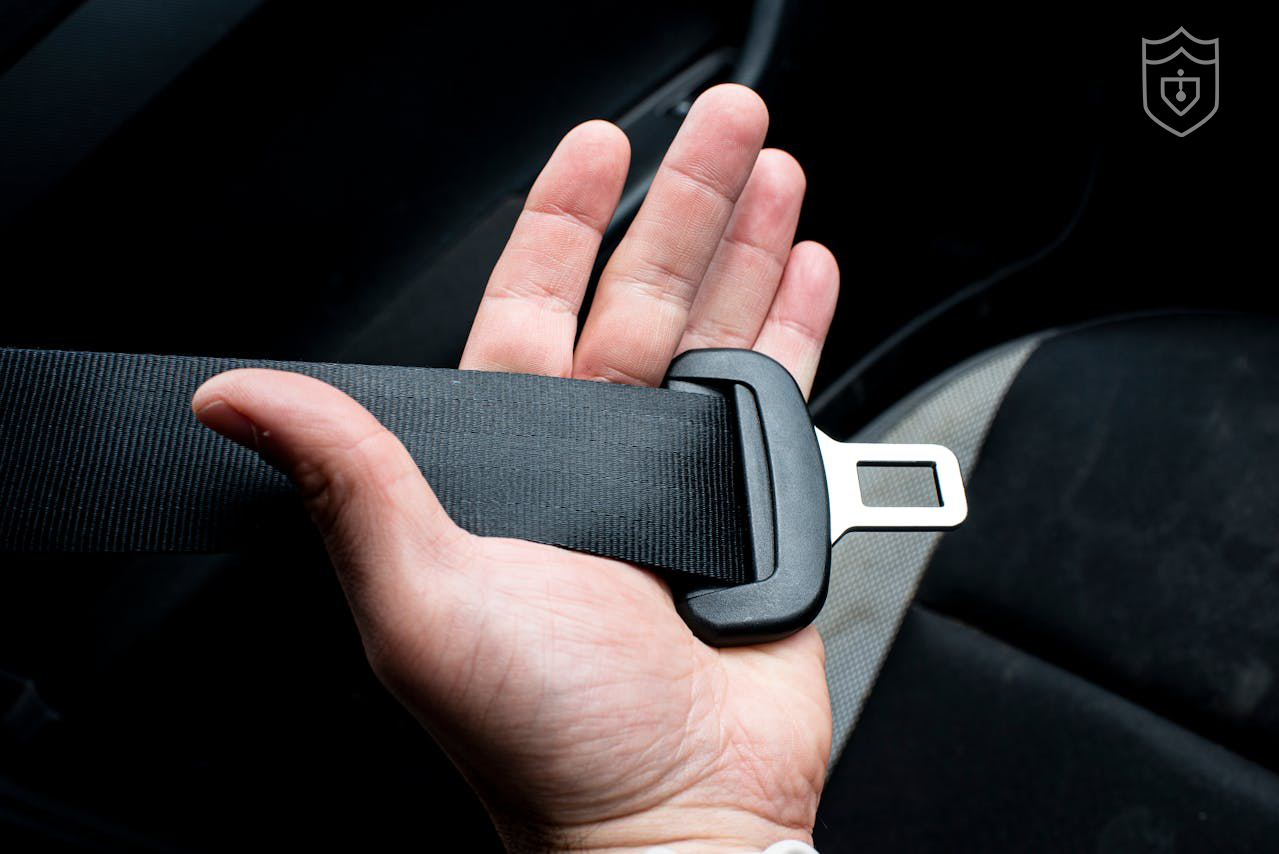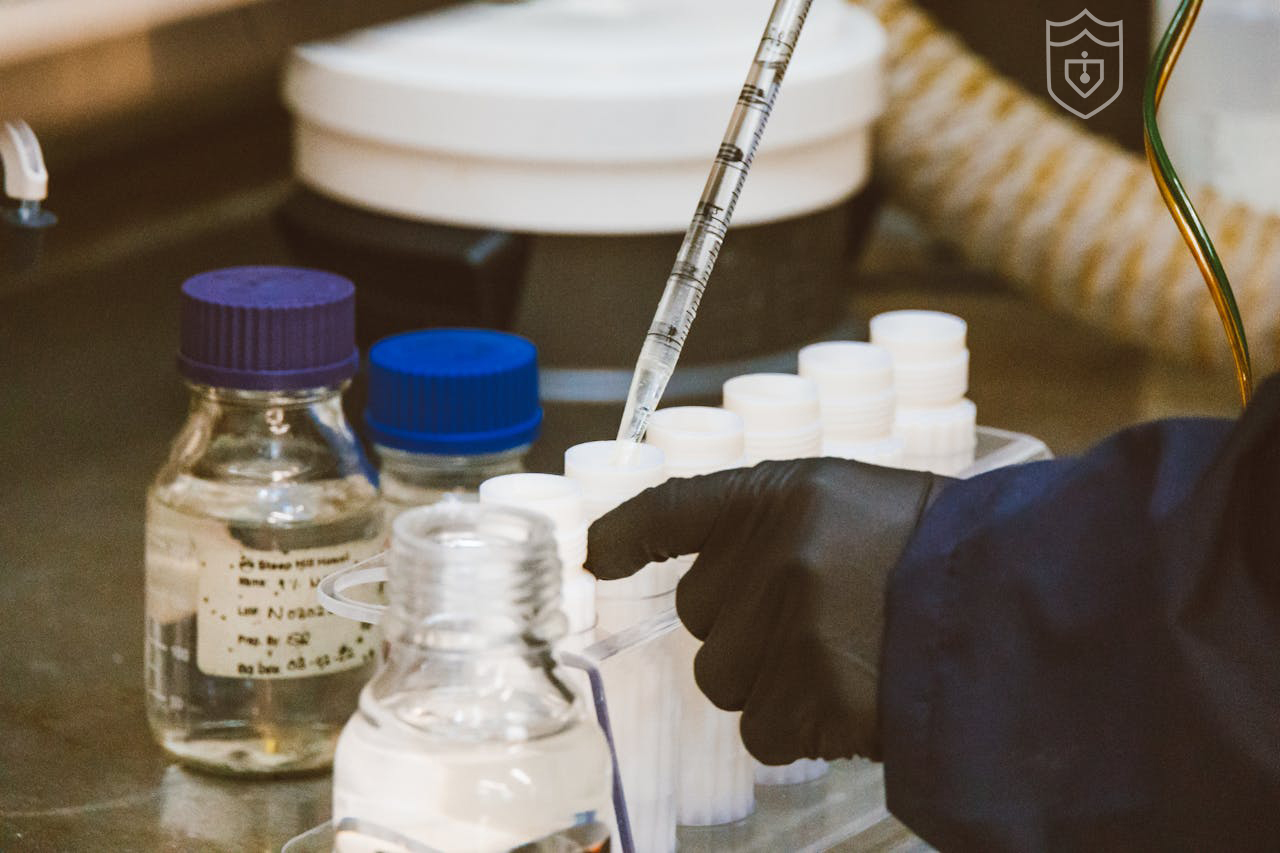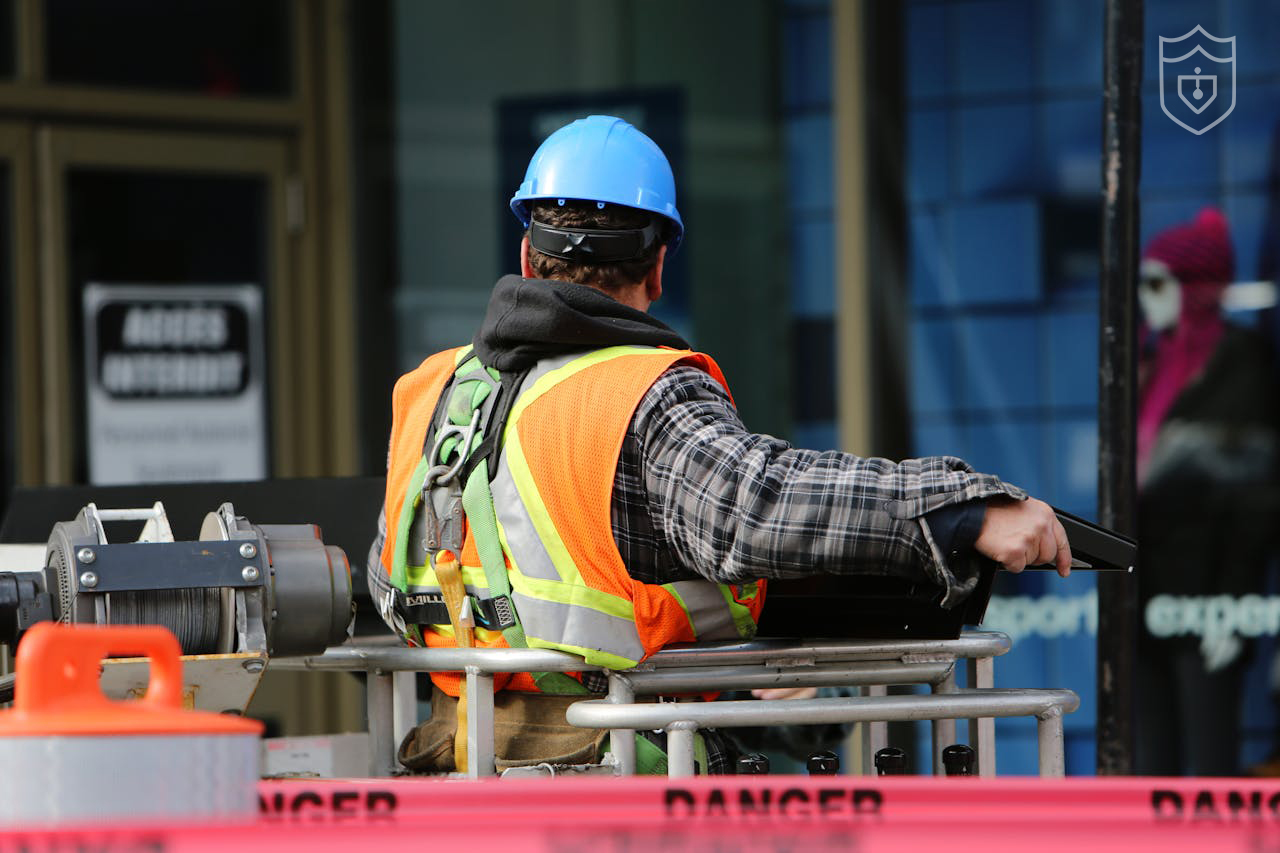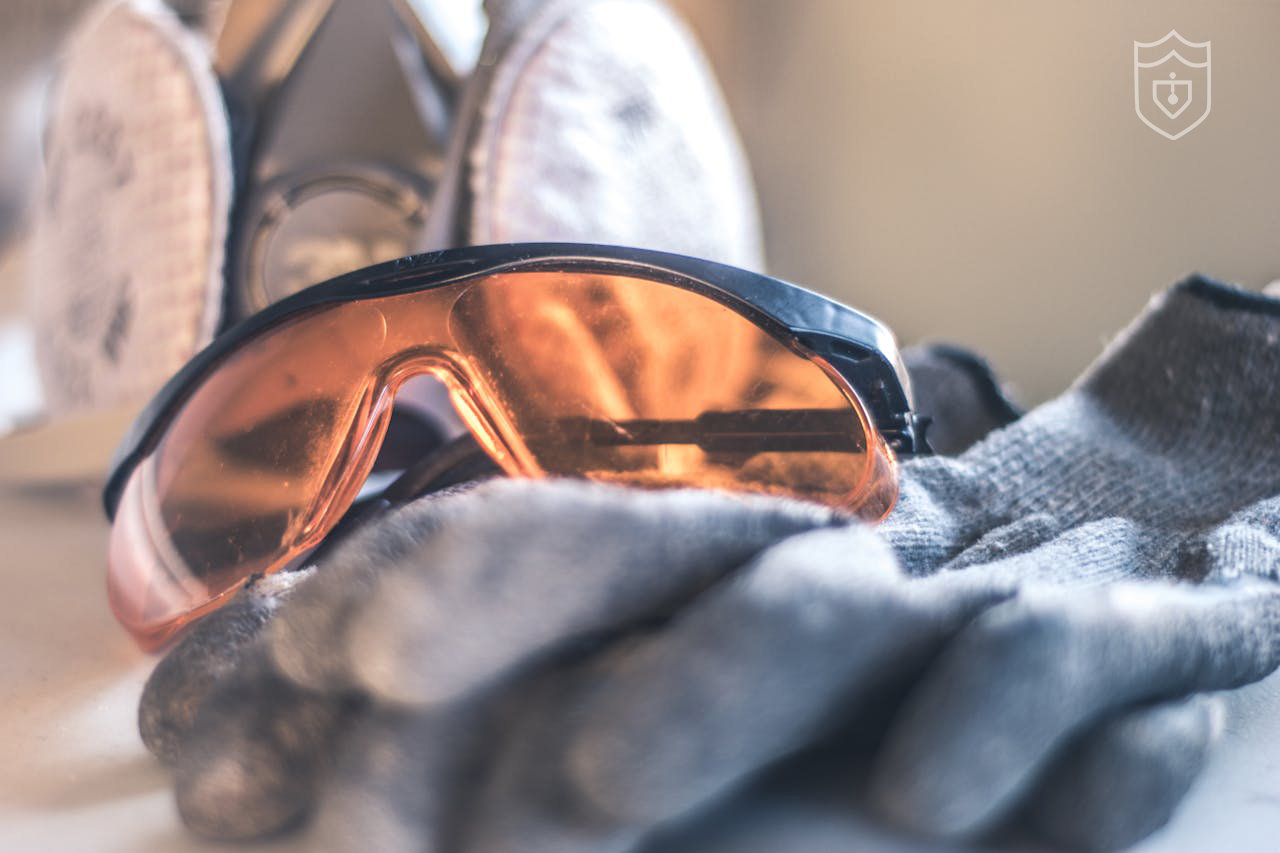(Includes: Personal Protective Equipment – Heat Stress – Equipment Lifting – Working at Heights – Fire – Incident Reporting – Gas Leaks).
PPE is the first line of defense to protect workers from hazardous injuries. It must be worn and used according to the work environment:
Always wear a safety helmet in work areas to prevent head injuries from falling objects.
Use protective goggles when working with sparks, cutting metals, or volatile chemicals.
Wear appropriate gloves based on the task (e.g., heat-resistant gloves, chemical-resistant gloves, or cut-resistant leather gloves).
Wear steel-toe safety shoes, especially in areas with heavy equipment or slip hazards.
Use a high-visibility vest (Hi-Vis Vest) in areas with vehicle or forklift movement.
Wear masks or respiratory protection in areas with dust, fumes, or airborne pollutants.
In outdoor work or hot areas such as processing stations or refineries, the risk of heat stress or sunstroke increases:
Drink water regularly, about one cup every 15–20 minutes, even without feeling thirsty.
Rest in shaded or designated cooling areas during peak hours (between 12:00 PM and 3:00 PM).
Wear a wide-brimmed hat and sunglasses to protect your head and eyes.
Apply sunscreen to exposed skin to reduce burns.
Monitor signs of heat stress: excessive sweating, redness, dizziness, headache, severe fatigue, confusion, lack of focus.
Immediately report to the supervisor if any symptoms appear, move to a cool place, and drink water.
Incorrect lifting is one of the most common causes of workplace injuries:
Do not lift anything over 15 kg without assistance from a colleague or a support tool.
Follow proper lifting technique:
• Bend your knees, not your back.
• Get close to the load; don’t stretch to reach it.
• Keep your back straight.
• Use leg muscles, not your back.
Use manual carts, lifters, or mechanical transport tools whenever possible.
Never lift loads above shoulder level or in twisted positions.
Heights and confined spaces are extremely dangerous due to the risk of falls or suffocation:
Use a full body safety harness when working at a height greater than 1.8 meters and secure it to an approved anchorage point.
Do not use mobile ladders or temporary barriers without proper stabilization.
Never enter a confined space without:
• An official entry permit.
• A standby person or external observer.
• Testing oxygen levels and toxic gases.
• Using respiratory protection equipment if required.
Ensure that fire extinguishers are in a visible and accessible location and are within the green zone of the gauge.
Receive hands-on training on using fire extinguishers with the PASS method (Pull, Aim, Squeeze, Sweep).
Do not block or obstruct access to fire extinguishers.
Avoid stacking flammable materials near electrical sources or heat-producing devices.
Do not use extension cords as a permanent solution in work areas.
In case of fire:
• Shut off electricity immediately if it’s safe to do so.
• Evacuate the area immediately and notify emergency services.
• Do not attempt to extinguish unless trained and the fire is small and the material is known.
Must report:
Incidents (e.g., falls, injuries, collisions).
Near misses (which could have caused harm but didn’t).
Hazards (e.g., leaks, malfunctions, unsafe behavior).
Steps for Reporting:
Immediate reporting to the supervisor or safety department.
Fill out a report form including date, time, location, type of incident, and people involved.
Safety committee to investigate the incident.
Implement corrective and preventive measures.
Document the incident and send a copy to management.
Do not operate any electrical source (even a light switch) when suspecting a gas leak.
Shut off the main gas valve only if it’s safe to do so.
Do not use metallic tools that may spark.
Evacuate the area immediately and notify:
• 911 – Industrial Emergency Center.
• Or local safety supervisor.
Wait in a safe assembly area.
Do not return to the site until emergency teams arrive, inspect the site, and issue a clearance.
After the incident, ensure:
• Proper ventilation of the area.
• System inspection by a specialized team.
• Review of safety procedures for updates.
Discuss your specific security needs with us.
Inspect and evaluate the required solution.
Provide expert locksmith services on-site.
Ensure everything works perfectly before leaving.
Lorem ipsum dolor sit amet, consectetur adipiscing elit. Ut elit tellus, luctus nec ullamcorper mattis, pulvinar dapibus leo.

We highlight the importance of full attention while driving, eliminating distractions like mobile phones and headphones, and the necessity of proper seatbelt use to ensure your safety and the safety of others.

A safe lab begins with protective equipment and ends with proper chemical handling. Learn the correct ways to manage lab materials, prevent contamination, and ensure the safety of everyone in the environment.

We focus on your safety while carrying out tasks from using tools and equipment properly to following worksite guidelines. Every action counts in building a safer workspace.

True safety doesn’t end when the job is done. It starts with awareness until the final moment and prepares a secure environment for the next shift with full responsibility and care.
Every life matters. Our goal is to prevent all work-related injuries and incidents.
We provide structured awareness campaigns to strengthen safety culture across all roles.
Safety is embedded into our daily workflows, not added on top.